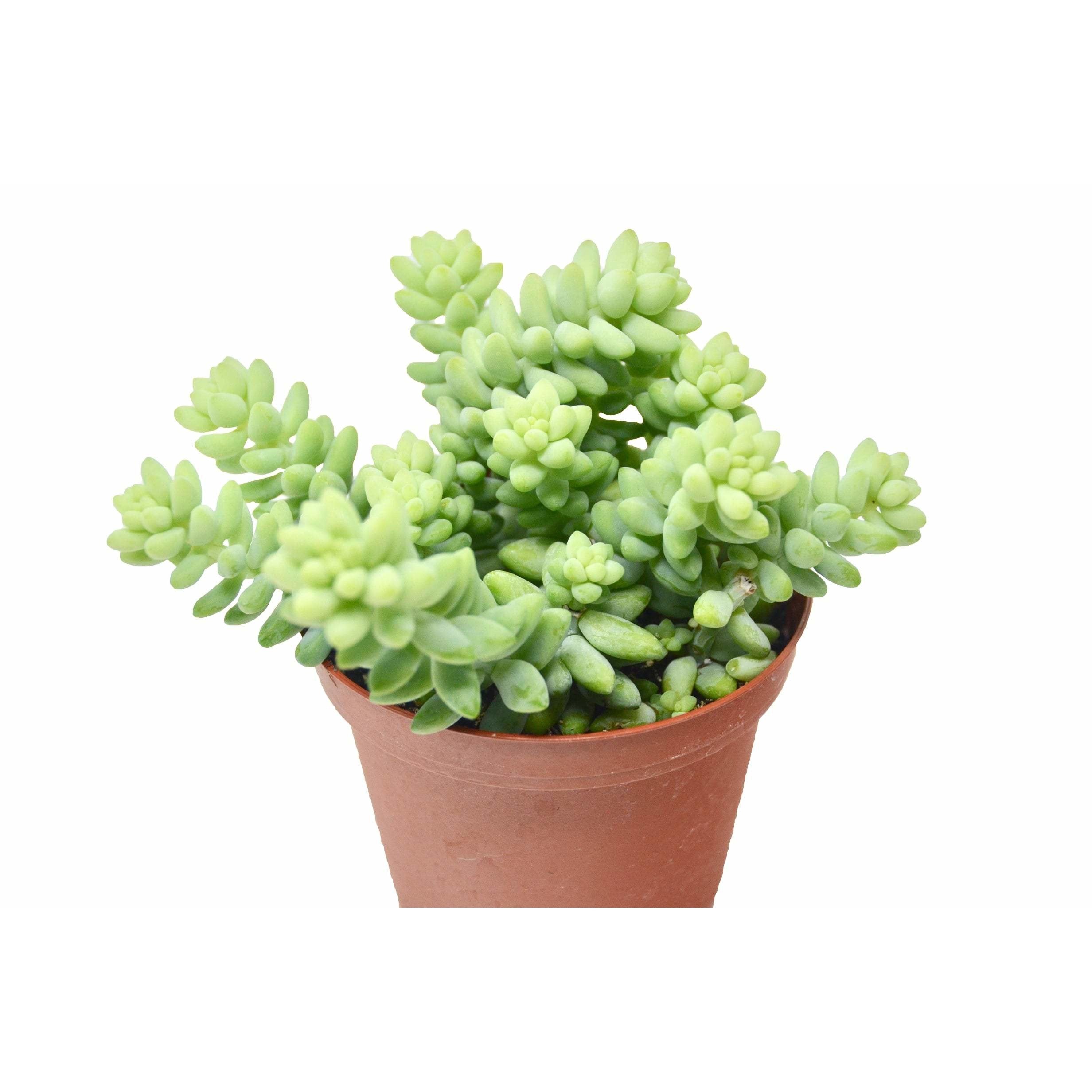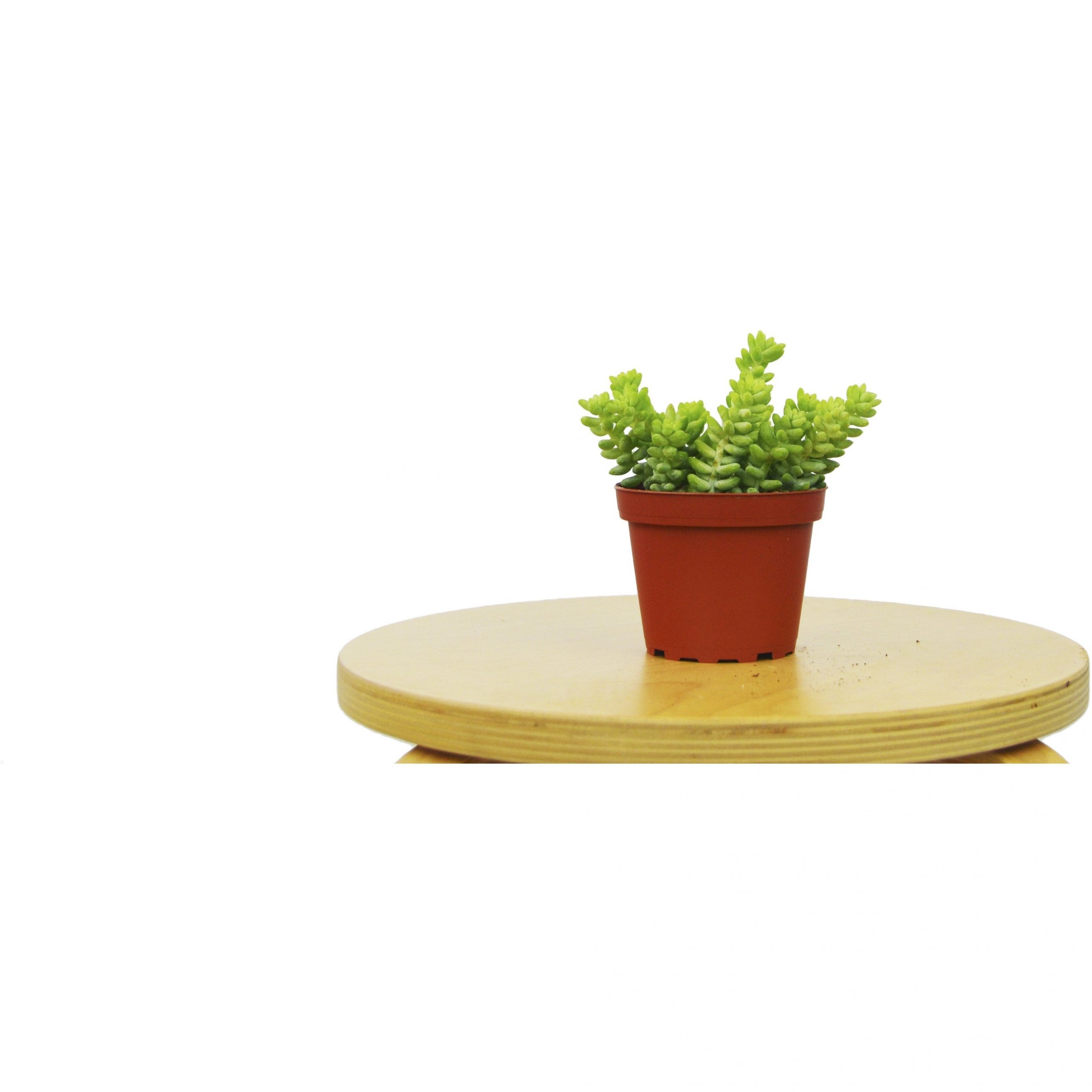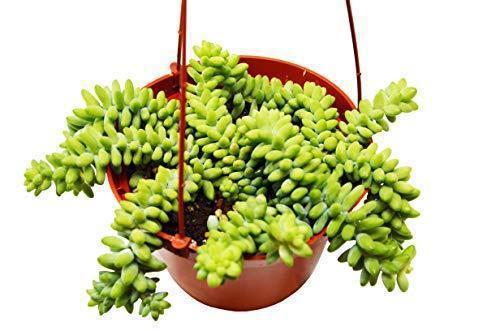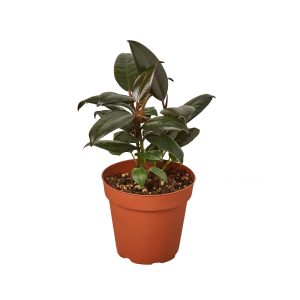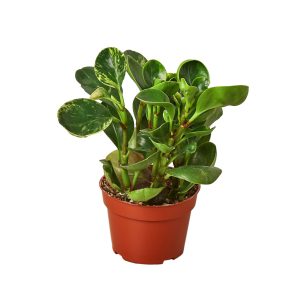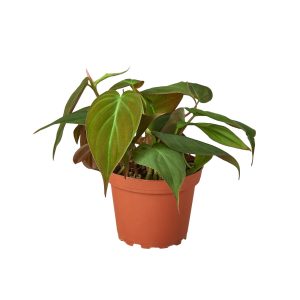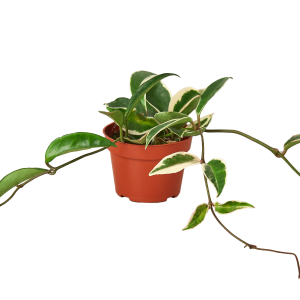Donkey’s tail (Sedum morganianum) have become increasingly popular in recent years for a variety of reasons. First and foremost, these plants are stunningly beautiful. They are incredibly drought-tolerant and easy to grow, requiring little care other than an occasional watering. Whether you want a beautiful addition to your indoor plant collection or want an plant that will thrive in dry conditions, Donkey’s tail or Buro’s Tail as it is sometimes called, is a great choice.
The shopping cart has been disabled temporarily due to high demand through our other sales channels. In the meantime, please feel free to take a look at the plants we offer. Thanks!
Donkey’s tail (Sedum morganianum) Succulent- 4″ Pot
White Stonecrop Sedum is an interesting succulent that grows in a wide variety of climates. This plant can be found growing in dry areas, as well as moist areas. It also grows in a variety of soils, which makes it a versatile plant for gardeners.
DONKEY'S TAIL SEDUM Features
- Long, foliage
- Adds color to a variety of different gardens
- Easily grown through cuttings
- Forms low and wide rosettes
- -Growing zones: 6 - 10
- Tips for Care:
- -Water your sedum occasionally to make sure it doesnt shrivel.
- Stays green anywhere indoors or out
- 100% Indoor/Outdoor plant
Sedum(Sedum album) is a perennial herbaceous plant that belongs to the Crassulaceae family. It is native to Europe, North Africa and Asia Minor. The flower of this sedum grows in clusters at the base of stems. The plant can grow up to 60 cm tall and has green leaves that are serrated on their margins. The flowers are white and have a purple tinge to them. The White Stonecrop Sedum was first identified by Carl Linnaeus in 1753 and it was given its current name by Pierre-Joseph Redouté in 1789. It was first used as a medicinal herb and then it was used as an ornamental plant. The flowers of this sedum were used to make wine and vinegar. The roots of the Sedum were also used for medicinal purposes. Sedum is now considered an invasive species in many parts of the world and it is difficult to control because it spreads by seed and by root fragments.
If youre thinking of adding a pet to your home, or if you already have one and are looking for a plant that will complement your home décor, consider adding a white stonecrop sedum. These succulents are versatile plants that can be used in many different settings, from indoor plants to outdoor plants on a balcony or patio. Dont forget to add a little color and life to your space with a white stonecrop sedum!
There are over 100 species of Sedum, but the White Stonecrop Sedum is the most popular. This sedum is often found in gardens and landscape settings. It grows best in areas that are well-drained and receive full sun. The White Stonecrop Sedum is a hardy plant that can handle both cold winters and hot summers.
White Stonecrop Sedum is a popular succulent plant that can be found in many homes and gardens. This plant is often used in succulent and cactus gardens, due to its small size and easy care. White Stonecrop Sedum is also popular for its bright white flowers that can be seen in late spring and early summer.
Sedum is a great choice as a houseplant because of its many benefits. Here are just a few: -It’s easy to grow, requiring little care once it’s established.
-It has a long blooming season, providing flowers for months on end.
-It’s tolerant of low light levels, making it an ideal choice for homes with limited sunlight.
-It’s hardy in most climates, making it a good choice for homeowners in colder climates.
